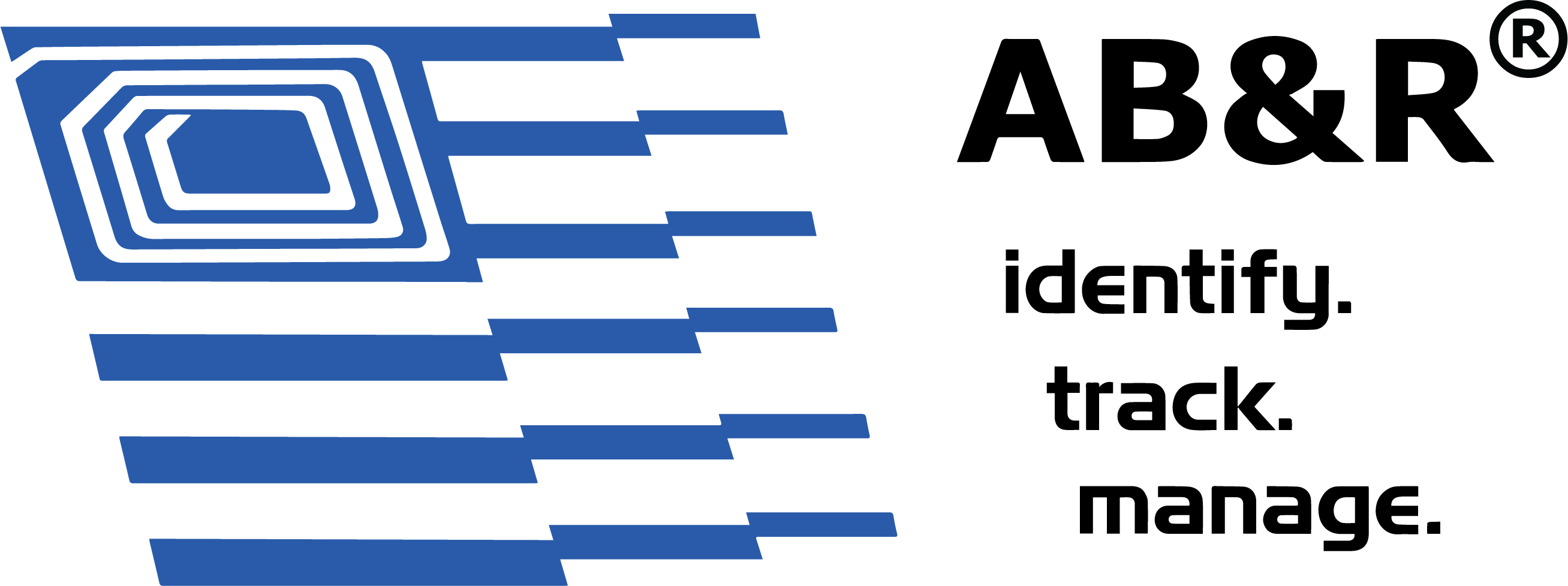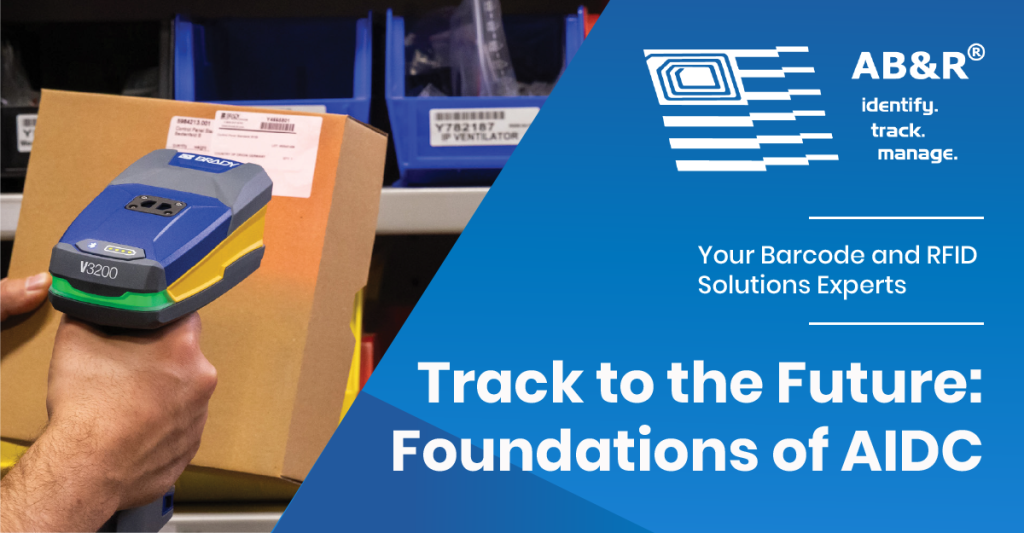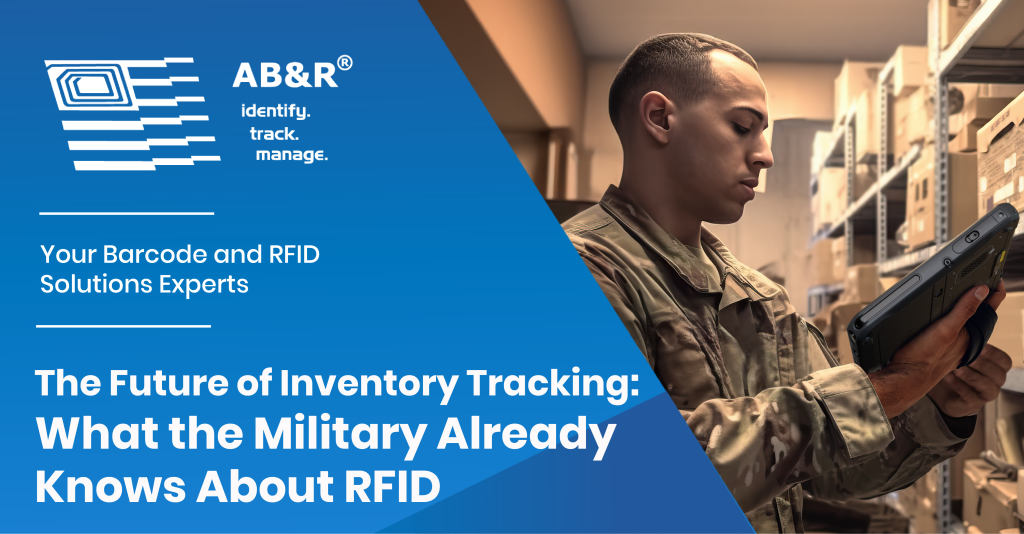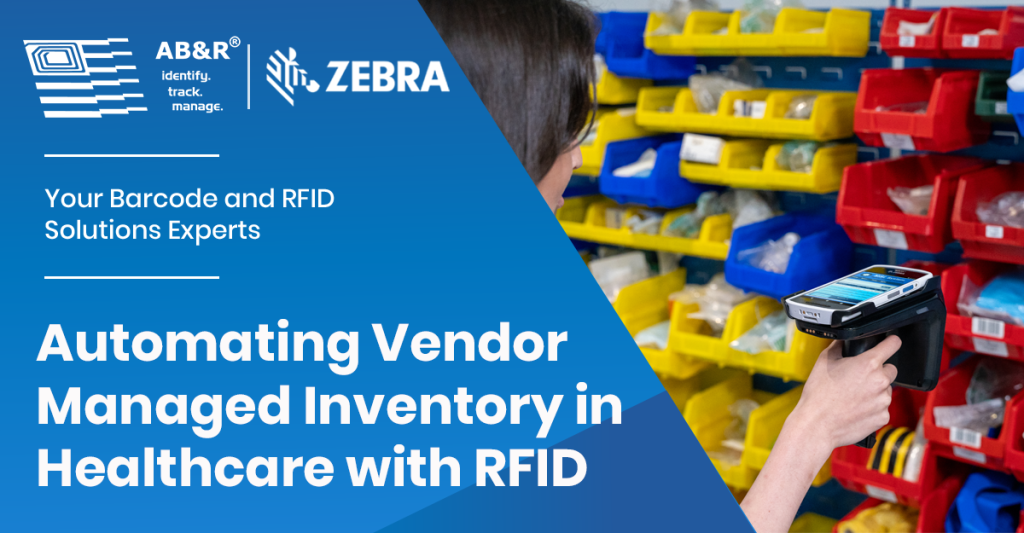Here’s how to automate vendor-managed inventory (VMI) management with RFID, to reduce inefficiency and boost the speed and accuracy of counts and invoicing.
If you’re providing vendor-managed inventory (VMI) to key customers in the healthcare industry, you’re probably grappling with efficiency, accuracy, and cost issues, especially if you’re still relying on manual barcode scans and manual counts and usage checks in your VMI programs.
A lot of VMI providers still track, manage, and invoice inventory usage with traditional barcodes and inventory counts, and this is often slow, time-consuming, and error-prone. That’s because traditional inventory management methods and technologies tend to lead to several common
problems:
Inconsistent Visibility: Tracking what’s been used and what remains in stock at your customer sites is often difficult without some kind of real-time or continuous inventory management system.
Manual Scanning Issues: Barcode systems require line-of-sight and item-by-item scanning, which is slow and labor-intensive.
Slow Replenishment and Invoicing: Without fast access to accurate usage data and current supply levels, it takes more time and effort to invoice for used items and make the right replenishment decisions.
Error Risks: Human error in scanning, inventory records, or replenishment orders can lead to overstock, stockouts, and incorrect invoices.
This is why forward-thinking medical companies are switching to RFID tracking technology to create much better efficiency, accuracy, and cost savings in their VMI operations, and here’s how it works.
A Better Way: Automating VMI with Zebra RFID Tracking
RFID (radio frequency identification) offers a great alternative to traditional barcode-based and manual inventory management systems because you’re able to identify, track, and locate inventory automatically, without manual scans or counts.
For example, Zebra RFID allows you to print and apply a tag to each inventory item and then use wireless readers to detect the presence of multiple tagged items and their locations wirelessly and automatically, with no need for individual scans or visual line-of-sight access to a barcode label.
You can use a handheld Zebra RFID reader to detect the presence of dozens or even hundreds of tags, each with a unique ID for each item. Alternatively, with fixed-position Zebra RFID readers and antennas placed in a storeroom, at key entry points, or in a warehouse aisle, you can identify, track, and locate tagged items automatically as they move into and out of storage areas. Your RFID system can do the work independently and automatically and transmit the resulting data and updates to other business systems.
Handheld and fixed RFID readers also work together with RFID antennas to pinpoint the location of each item to within an accuracy of a few feet, so you can not only identify and track items but even locate them or track them on the move, depending on the type of RFID readers and system you use.
At American Barcode & RFID (AB&R), our team designs Zebra RFID inventory management systems for medical companies, healthcare systems, and other private- and public-sector customers across an array of industries. From manufacturing, retail, and warehousing to transportation and logistics, we’ve seen RFID make a huge impact for many of our customers, and it has a proven 15-year history of enabling vastly more automated, efficient, and accurate inventory management for many thousands of organizations and especially those who provide VMI.
This is why we design and deploy so many inventory management systems with RFID at the core, and here’s how a modern, RFID-enabled VMI system works:
RFID Tagging at the Source: Medical products are labeled with Zebra RFID tags, embedding unique identifiers detectable by Zebra readers.
Automated Inventory Reads: Zebra handheld or fixed RFID readers identify entire shelves or rooms of inventory in seconds, recording what’s on hand and what’s missing.
Integrated Software Workflows: Inventory data, often managed through software platforms such as Xemelgo and integrated ERP systems, flows directly into enterprise systems, enabling real-time replenishment orders, usage reporting, and billing.
Mobile Execution: Field reps can complete inventory tasks on-site using Zebra mobile RFID readers and simple RFID apps and software, making it easy to perform inventory counts and manage inventory levels, replenishment, and invoicing.
Strategic Value for Medical Suppliers
Medical suppliers who implement RFID-enabled VMI systems start seeing immediate improvements in several key areas that benefit both suppliers and customers, including:
Greater Efficiency and Time Savings: Automated RFID reads dramatically reduce manual labor, reduce human error, and allow faster more reliable inventory management and invoicing. What used to take hours and be done in minutes, and field reps can manage more sites withless effort, which helps reduce staffing requirements.
Real-Time Inventory Insight and Optimization: You and your customers can easily see and track usage trends, optimize delivery schedules, and forecast needs more precisely. With accurate, real-time data, you can ensure the right amount of inventory with fewer stockouts.
Improved Accuracy and Faster Billing Cycles: From replenishment to invoicing, automation ensures that actions are based on actual verified usage. And invoices can be automatically generated based on captured usage data.
Higher Service Levels: Providers benefit from consistent product availability without overburdening clinical or supply chain teams. And VMI providers can use RFID to create a competitive advantage, fostering better long-term customer relationships that are built on customer satisfaction and operational trust.
Tangible Results: Efficiency and ROI
In many cases, initial RFID investments pay for themselves in just months by enabling significant labor savings and automating more of your inventory management processes. They also provide a strategic advantage for VMI providers by allowing you to move from reactive inventory management to proactive, data-driven operations.
In doing so, you can not only reduce your own costs and risks, but you can also help healthcare providers deliver better care with fewer supply chain disruptions. Ultimately, VMI isn’t just about managing inventory. It’s about delivering the right products that healthcare providers need, as efficiently, accurately, and cost-effectively as possible. And, with Zebra RFID technology, those goals are more achievable than ever.
To learn more and explore the potential of RFID for your VMI programs, contact our experts at AB&R, and we’d be glad to provide more insights, a complete walkthrough, and help you determine if RFID is right for your needs. To get started, contact us now to schedule a consultation.
About AB&R
AB&R® (American Barcode and RFID) is a leader in data capture, tracking, mobile computing, and IoT solutions. We supply businesses across all industries with advanced technology to identify, track, and manage inventory and assets throughout the supply chain, all with the primary goal of maximizing efficiency, accuracy, and cost savings.
AB&R solutions and services include automated and real-time data capture, product identification, and traceability with high-performance printing and compliance labeling, plus managed and professional services to deploy, manage, and support all of our solutions. With 40 years as a trusted expert in technical innovation, performance, and cost-effectiveness, AB&R transforms companies around the world and is ready to do
the same for your business.
Visit AB&R’s website or give us a call at 800-281-3056. We’ll help you make informed decisions that keep your business in the lead.






